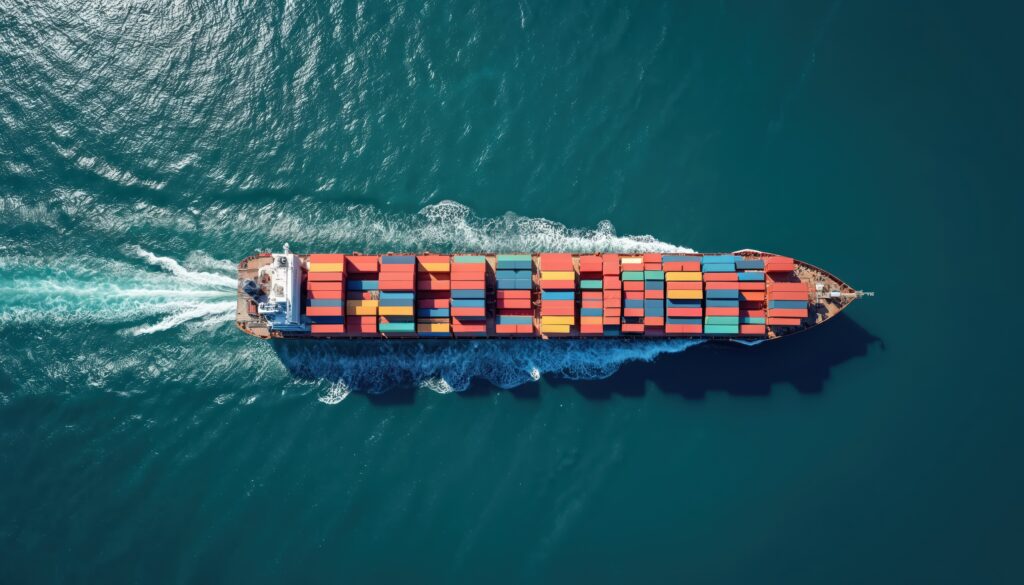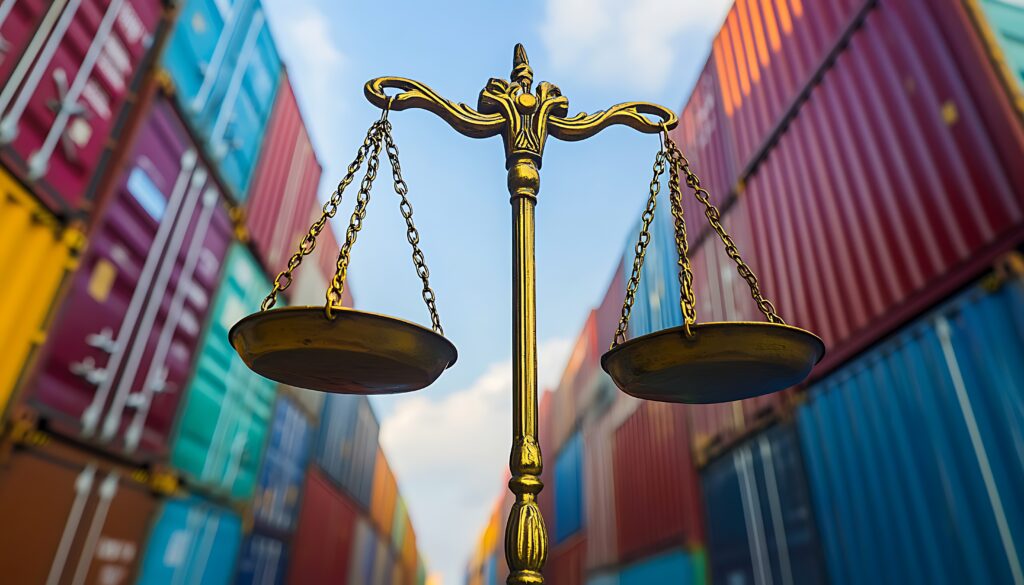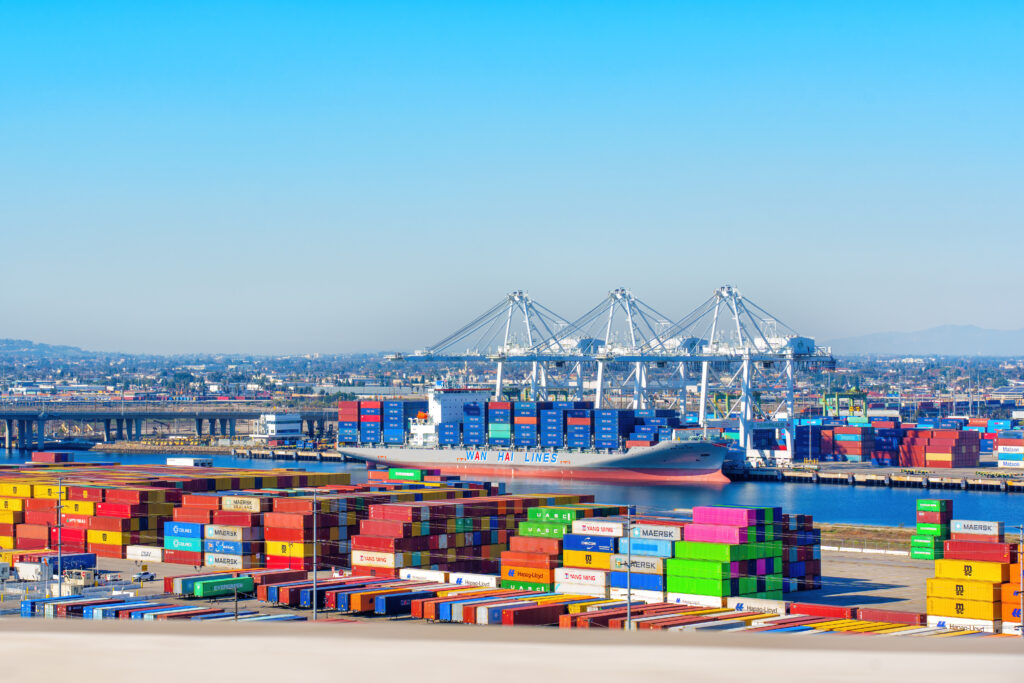Nearshore News: Global Trade Realigns, U.S.–South Korea Deal, Canada and Brazil Penalized

President Trump’s sweeping new tariffs—covering nearly 70 countries—have upended long-standing assumptions about economic partnerships and geopolitical priorities. While South Korea has secured temporary relief through targeted deals, Canada and Brazil now face sharp penalties, and investor confidence in Mexico is beginning to falter.
Nearshore News Summary:
- President Trump announced a broad new tariff regime targeting nearly 70 countries, with rates ranging from 10% to 41%. The tariffs, set to take effect in one week, seem to be part of a strategy to pressure countries into bilateral trade deals. (ABC News)
- President Trump imposed a 35% tariff on Canadian goods while granting Mexico a 90-day extension to avoid an increase from 25% to 30% tariffs. (NYT)
- President Trump and South Korean President Lee Jae Myung struck a trade deal that imposes 15% tariffs on South Korean goods. In addition, South Korea pledged $350 billion in U.S. investments and $100 billion in liquefied natural gas purchases. (NYT)
- Trump signed an executive order raising tariffs on Brazilian imports to 50%, citing Brazil’s treatment of U.S. tech firms and Bolsonaro’s prosecution as justification. (WSJ)
- Tariffs and judicial chaos are freezing investment plans in Mexico. (The Guardian)
Trump unveils sweeping tariffs in 'new system of trade'
Published: August 1, 2025
Source: ABC News
President Trump announced a broad new tariff regime targeting nearly 70 countries, with rates ranging from 10% to 41%, forming what the administration calls a "new system of trade." The tariffs, set to take effect in one week, are part of a strategy to pressure countries into bilateral trade deals, some of which have already been finalized.
Key points:
- New Tariffs Target 70 Countries: The executive order introduces tariffs ranging from 10% to 41%, with the highest targeting Syria (41%) and Myanmar and Laos (40%). Countries not listed will still face a default 10% tariff.
- Phased Rollout and Shipping Grace Period: Tariffs won’t begin until August 8, and goods shipped by August 7 that arrive by October 5 will be exempt, offering businesses some flexibility in the short term.
- Trump Strikes Deals to Reduce Rates: Recent agreements with the EU, Japan, Vietnam, and others brought down previously proposed tariffs—e.g., Vietnam’s rate dropped to 20% from 46%, and Japan’s to 15% from 24%.
- Consumer Impact Expected: According to the Yale Budget Lab, U.S. households may pay an average of $2,400 more annually due to price increases as importers pass on tariff costs.
- Part of Larger 'America First' Strategy: The administration says the tariffs are meant to rebalance global trade in favor of U.S. manufacturing and workers, framing them as negotiation tools rather than permanent measures.
Trump Imposes 35% Tariff on Canada and Grants Mexico a 90-Day Extension
Published: July 31, 2025
Source: NYT
President Trump imposed a 35% tariff on Canadian goods while granting Mexico a 90-day extension to avoid an increase from 25% to 30% tariffs. While Canada faces worsening economic pressure and strained diplomatic ties, Mexico preserved key trade terms under the USMCA but remains subject to ongoing pressure from the Trump administration over immigration and security concerns.
Key points:
- Canada Hit with Higher Tariffs: The U.S. raised tariffs on Canadian goods to 35%, escalating tensions and prompting fears of economic harm, particularly to Canada’s steel and auto industries. Despite exemptions under the USMCA covering about 94% of exports, critical sectors remain vulnerable.
- Mexico Gets Temporary Relief: Mexico avoided a tariff hike to 30% and retained its 25% rate for non-USMCA goods. President Sheinbaum secured a 90-day extension after direct talks with Trump, buying time for further negotiation while avoiding new concessions.
- Economic Divergence Emerges: While Mexico emphasized mutual respect and strategy in negotiations, Canada struggled to make headway. Trump’s rhetoric and policies have increasingly alienated Canada, signaling a deeper diplomatic and economic rift.
- Trade Terms Still Fragile: Mexico still faces Trump’s global 25% tariffs on cars and 50% on metals. No long-term resolution has been reached, and the threat of future tariff hikes remains, creating ongoing uncertainty for businesses and investors.
South Korea Reaches Trade Deal With Trump
Published: July 30, 2025
Source: NYT
President Trump and South Korean President Lee Jae Myung struck a trade deal that imposes 15% tariffs on South Korean goods. In exchange, South Korea pledged $350 billion in U.S. investments and $100 billion in liquefied natural gas purchases. The agreement reduces uncertainty for South Korean exporters and mirrors recent U.S. deals with other major allies, but contentious issues like agriculture and defense costs remain unresolved.
Key points:
- Tariffs Lower Than Feared: South Korean goods, including autos, will now face a 15% tariff, reduced from a previously threatened 25%, aligning with rates applied to Japan and the EU.
- Massive Investment Pledge: South Korea committed to $350 billion in U.S. investments, including $150 billion for shipbuilding and the rest for semiconductors, tech, and energy.
- LNG Purchase Deal: The country also agreed to buy $100 billion worth of liquefied natural gas from the U.S., supporting American energy exports.
- Auto Industry Impact: Hyundai’s Q2 profits dropped 16% due to earlier tariffs, and the new deal aims to stabilize the industry’s competitiveness in the U.S. market.
- Key Issues Deferred: No concessions were made on politically sensitive agricultural imports like beef and rice, and defense cost-sharing was excluded from the trade deal but expected in future talks.
U.S. Raises Brazil Tariffs and Sanctions Judge, Citing Trump Ally Bolsonaro
Published: July 30, 2025
Source: WSJ
The Trump administration escalated tensions with Brazil by raising tariffs on Brazilian imports from 10% to 50% and imposing sanctions on Supreme Court Justice Alexandre de Moraes. The moves are part of a broader campaign related to ongoing criminal proceedings against former President Jair Bolsonaro, a close ally of Donald Trump.
Key points:
- Tariff Increase to 50%: Trump signed an executive order raising tariffs on Brazilian imports to 50%, citing Brazil’s treatment of U.S. tech firms and Bolsonaro’s prosecution as justification. Key Brazilian exports like orange juice and airplanes are exempted.
- Sanctions on Judge de Moraes: The U.S. Treasury froze the U.S. assets of Supreme Court Justice Alexandre de Moraes, who is leading Bolsonaro’s criminal trial, and revoked visas for him and his allies. The Trump administration accuses de Moraes of political censorship.
- Bolsonaro’s Legal and Political Troubles: Bolsonaro is being investigated for allegedly plotting a military coup after losing the 2022 election, including plans to assassinate top officials. He denies involvement but seeks U.S. help to regain political footing.
- Brazilian Defiance: President Lula da Silva and de Moraes condemned the U.S. actions as infringements on Brazil’s sovereignty. Lula declared that “no gringo” would dictate terms to Brazil, while the court stood firm on its stance to protect democracy.
- Geopolitical Fallout: The tariffs and sanctions reflect deepening ideological divisions and may strain U.S.–Brazil economic ties. The move also signals how Trump is leveraging trade tools for political influence in Latin America ahead of the 2026 election.
Tariffs and Judicial Chaos Shake Investor Confidence in Mexico
Published: July 30, 2025
Source: The Guardian
Investor confidence in Mexico has been severely shaken by two destabilizing forces: President Trump’s new tariffs targeting key Mexican exports and President Sheinbaum’s controversial judicial overhaul. As businesses freeze expansion plans and capital inflows stall, fears mount that legal unpredictability and trade uncertainty are undermining Mexico’s economic future, just as it was poised to benefit from global supply chain shifts.
Key points:
- Trump’s Tariffs Freeze Investment: Tariffs up to 50% on Mexican exports such as cars, steel, aluminum and tomatoes have disrupted supply chains, caused deal cancellations, and raised costs for both U.S. and Mexican firms. U.S.-Mexico trade reached $840 billion in 2024, underscoring the stakes.
- Judicial Reform Adds Legal Risk: President Sheinbaum’s overhaul of the judiciary, replacing career judges, has alarmed investors and credit agencies. Concerns over legal certainty, rule of law, and one-party dominance are rising.
- Foreign Investment Stagnates: Though total FDI in Q1 2025 was $21.3 billion, only 7.4% came from new projects—well below the 29% average under the prior administration, indicating a sharp decline in investor risk appetite.
- Auto Industry Shift Highlights Fallout: General Motors is relocating production of some vehicles from Mexico to the U.S., citing political uncertainty. Trump hailed the move as a win for American manufacturing despite higher costs.
More blogs


